Earlier this year, while I was visiting San Francisco, my photographer friend Arachide presented me with a bulky yet interesting looking compact camera – A Minolta Explorer Freedom Zoom. It was one of his lucky thrift store finds. Although skeptical of zoom compact camera, I gave it a go and entrusted one of my precious films to it, as my main shooter – Fuji DL Mini Super – did not provide me with such reach as this one. After I came back, I decided to pop some more film in and explore (see what I did there) the camera’s capabilities further. So let’s take a closer look.
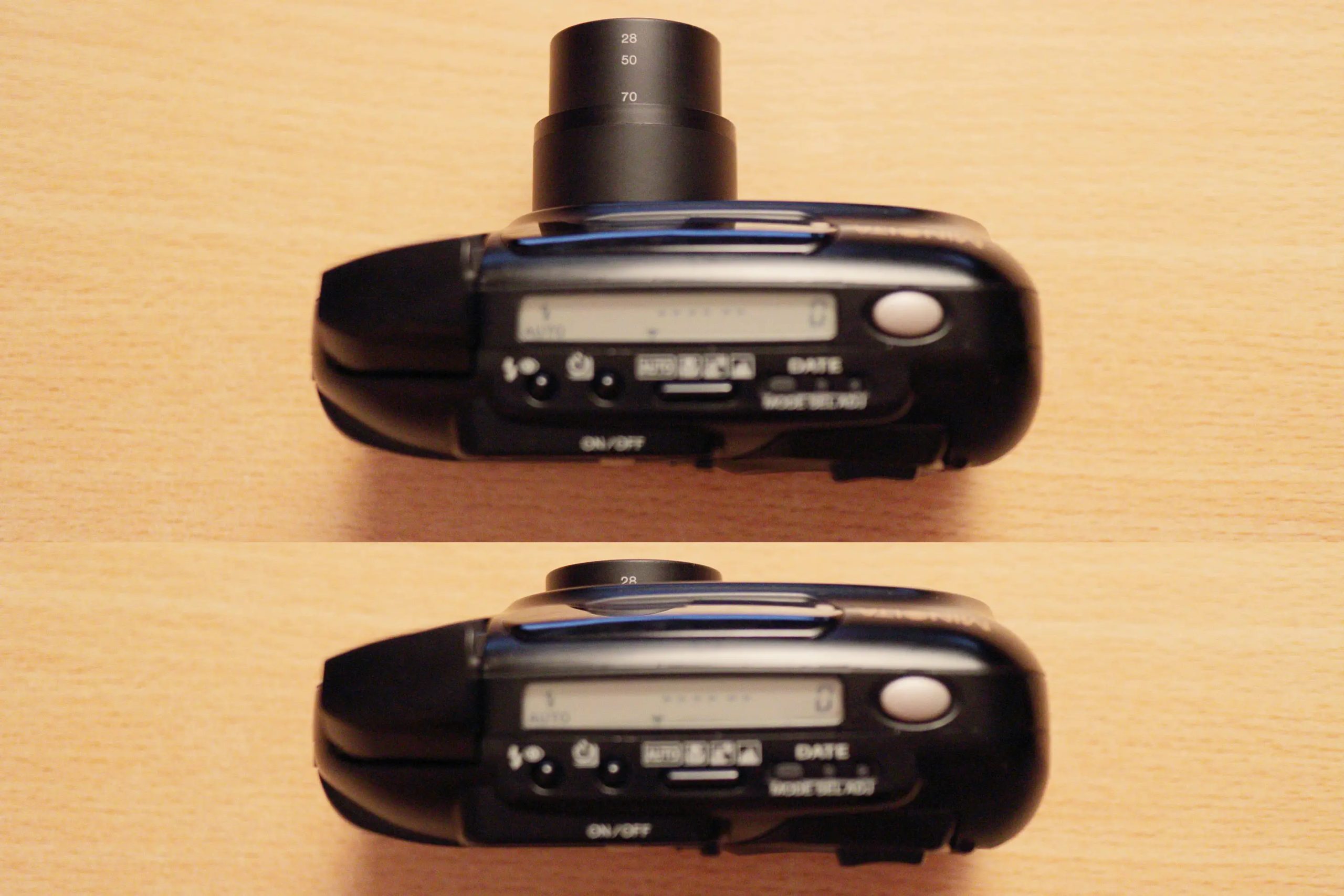
Basic functions
My incarnation is all black one, marked as Minolta Explorer Freedom Zoom. That I believe is naming for United States while in Europe is known under Minolta Riva Zoom 70W. The 70 in the name refers the longest focal length. The body is quite bulky but handles alright. On the back there is on/off switch, panorama switch and a zoom button. When switched to panorama mode, the top and bottom of the viewfinder is covered with black bars so you won’t accidentally shoot in this mode without realizing it. The lens (28 mm f/3.5 – 70 mm f/8.9) will be covered in detail later but let me say that on paper, this is quite interesting if not amazing configuration for a compact camera. Interesting feature regarding the lens is that the electric eye for light metering is located on the lens barrel and it is not that hard to find and easily use clip on filters and the camera will meter through the filter – nice!
By default, the camera starts in all auto. It does not remember any of the settings – like we even hope, but the good thing is that once you’ve selected the mode, it will retain the mode until you change it or power off the camera. The flash off is third flash mode.
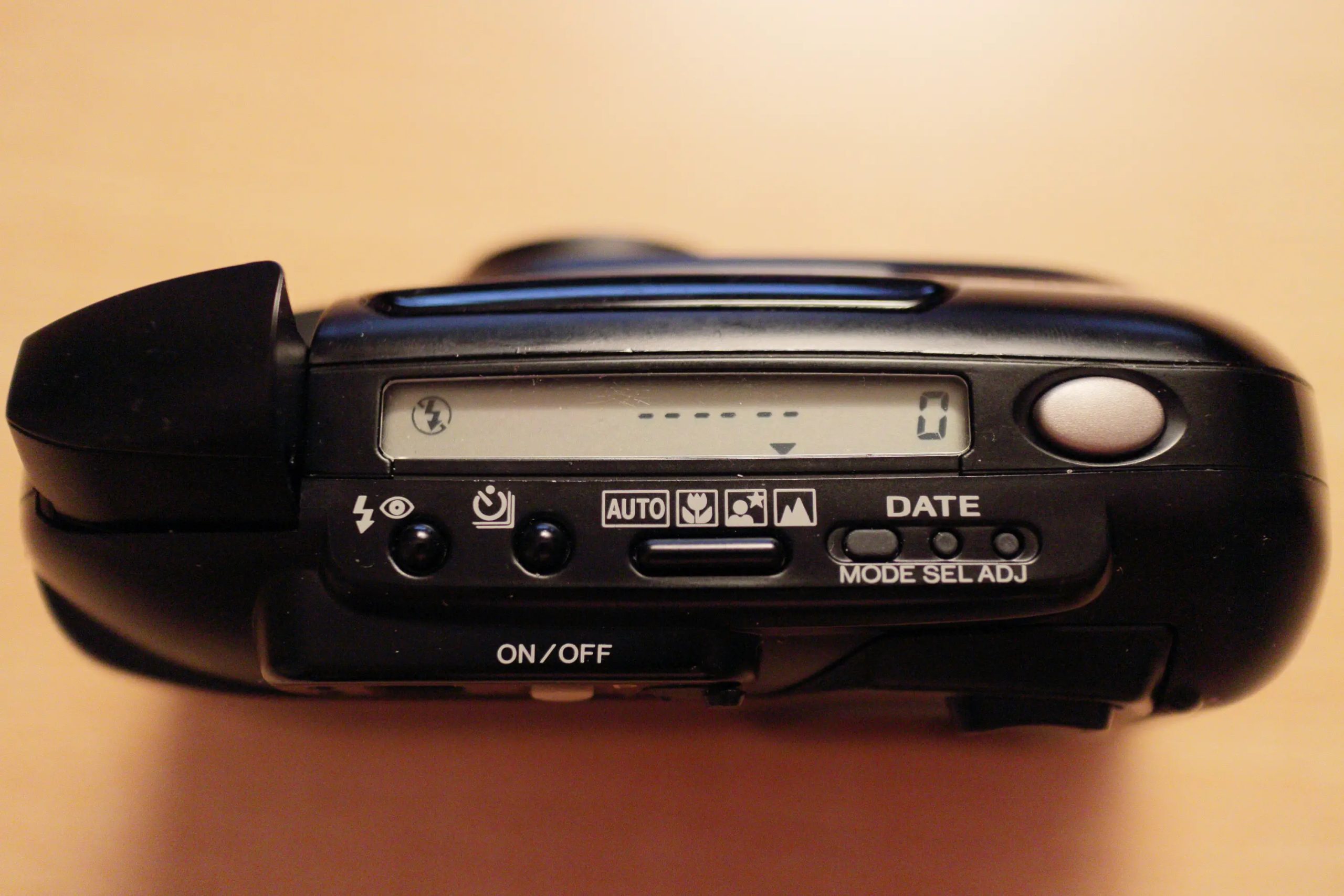
Just by quick glance, you know, the camera has active autofocus. Plus side is it will focus in the dark, minus side is it won’t focus on the image in the mirror or through the glass. But at least one of the modes is an infinity focus. Other modes are macro, slow synchro and the infinity focus. The camera also has a date function, however my model has a busted buttons so I cannot set the date. It runs on one CR123 battery.
Lens quality
On the paper, the 28 mm f/3.5 – 70 mm f/8.9 looks pretty interesting. There are not that many zoom compacts that start on 28 mm. On 35 there’s a few and 38 mm now there’s plenty (I dislike such cameras very much). The 3.5 is not that bad either. On the contrary it is pretty decent aperture for a compact. Fuji DL Mini Super has 28/3.5 lens, Fuji DL-500 has a 28/3.5 lens, Minolta TC-1 has a 28/3.5 lens … all of which are excellent cameras with sharp lenses. Can the Minolta Explorer hold up even though it is a zoom lens? Sadly, no. Not by any chance even though there should be two double aspherical elements in the lens. In terms of quality it does not even touch the the DLs.
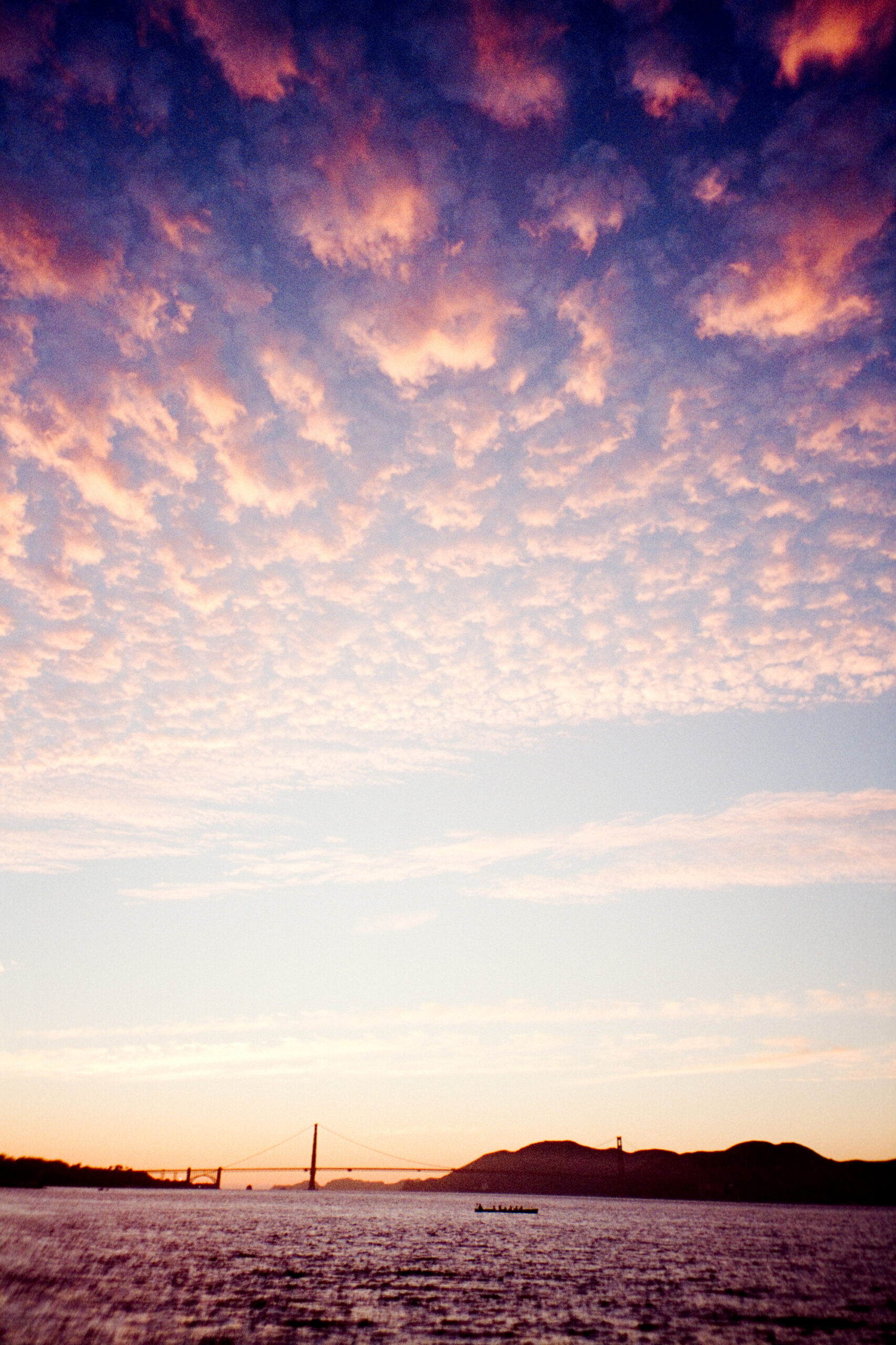
Taken on 28 mm. Notice the soft corners in the sea. Golden Gate Bridge
The most obvious aberration is huge pincushion distortion. On 28 mm it is really evident and not only in the borders but quite in the middle as well. This does not clear on the long end, where slight barrel distortion is observable. I don’t recall shooting any pictures in between though.
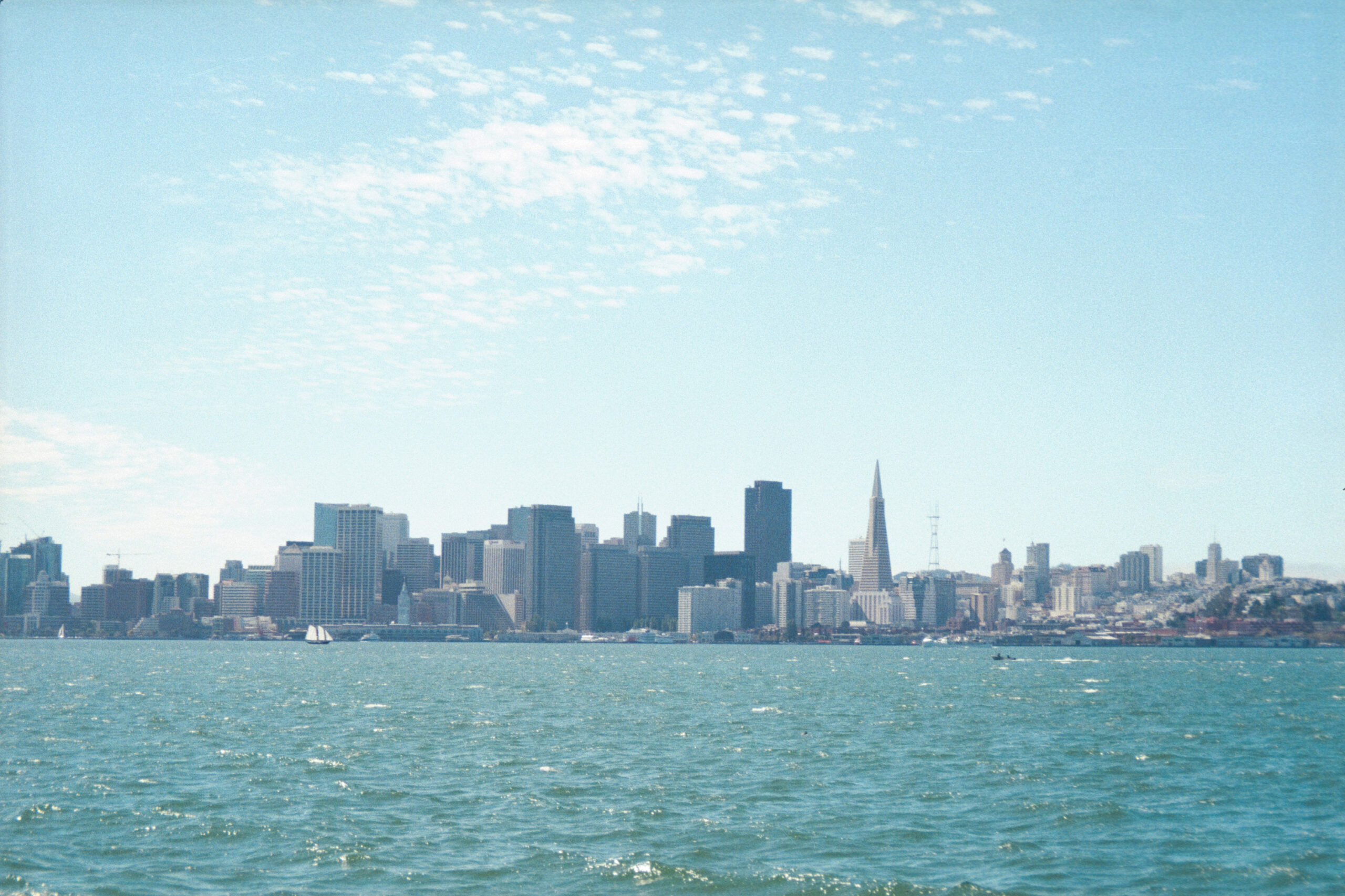
Taken on 70 mm. San Francisco from Treasure Island
In terms of sharpness, it is also no match to Fuji’s or TC-1. We have to be fair and cut the camera some slack because it is a zoom (2.5x). Some pictures are quite sharp, while others seem downright muddy. Even on the wide end, taken on a sunny day so the lens should be stopped down is no match to DL Super and even on same scenes scaled down to 720p the DL looks crisper.
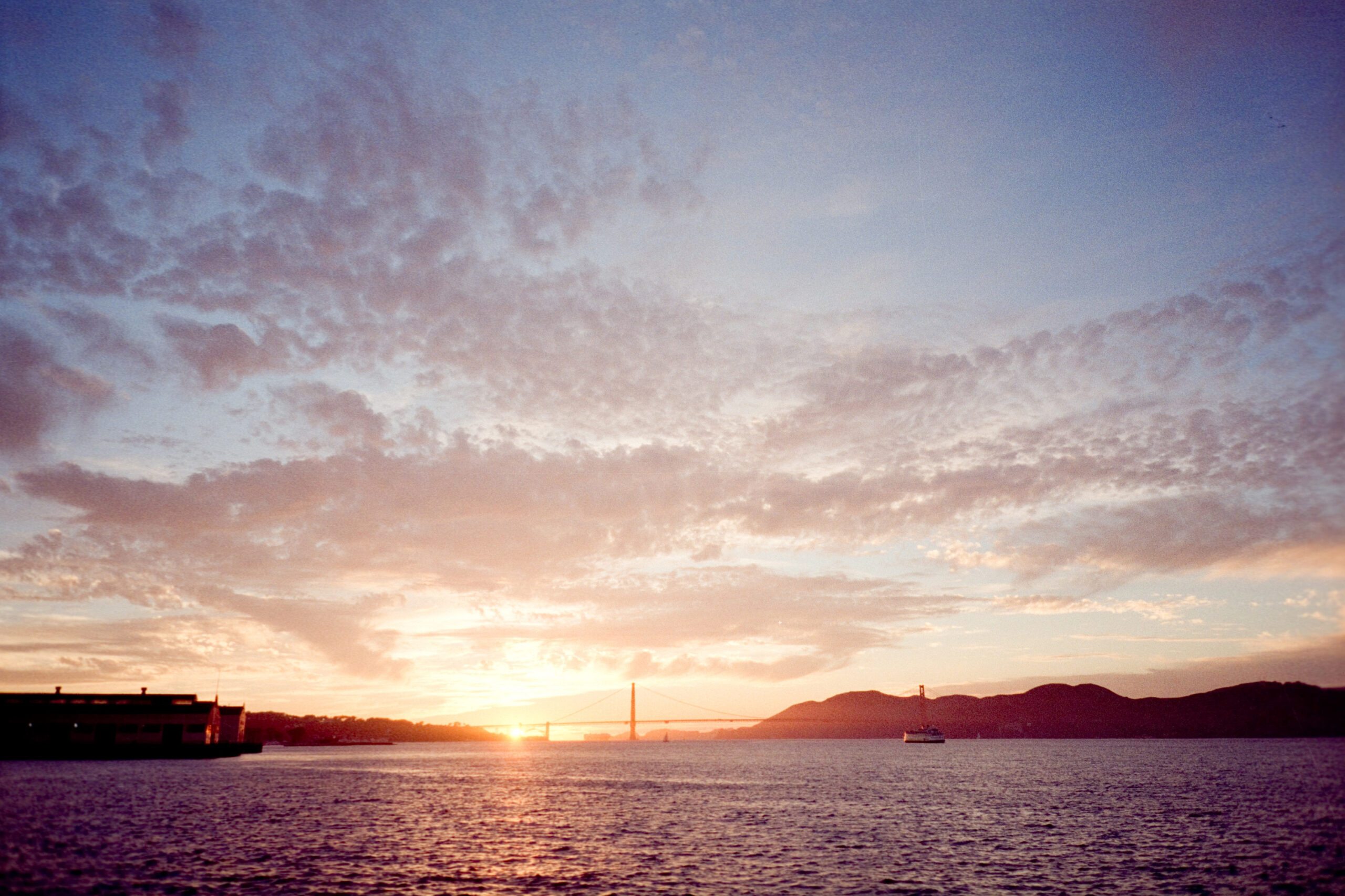
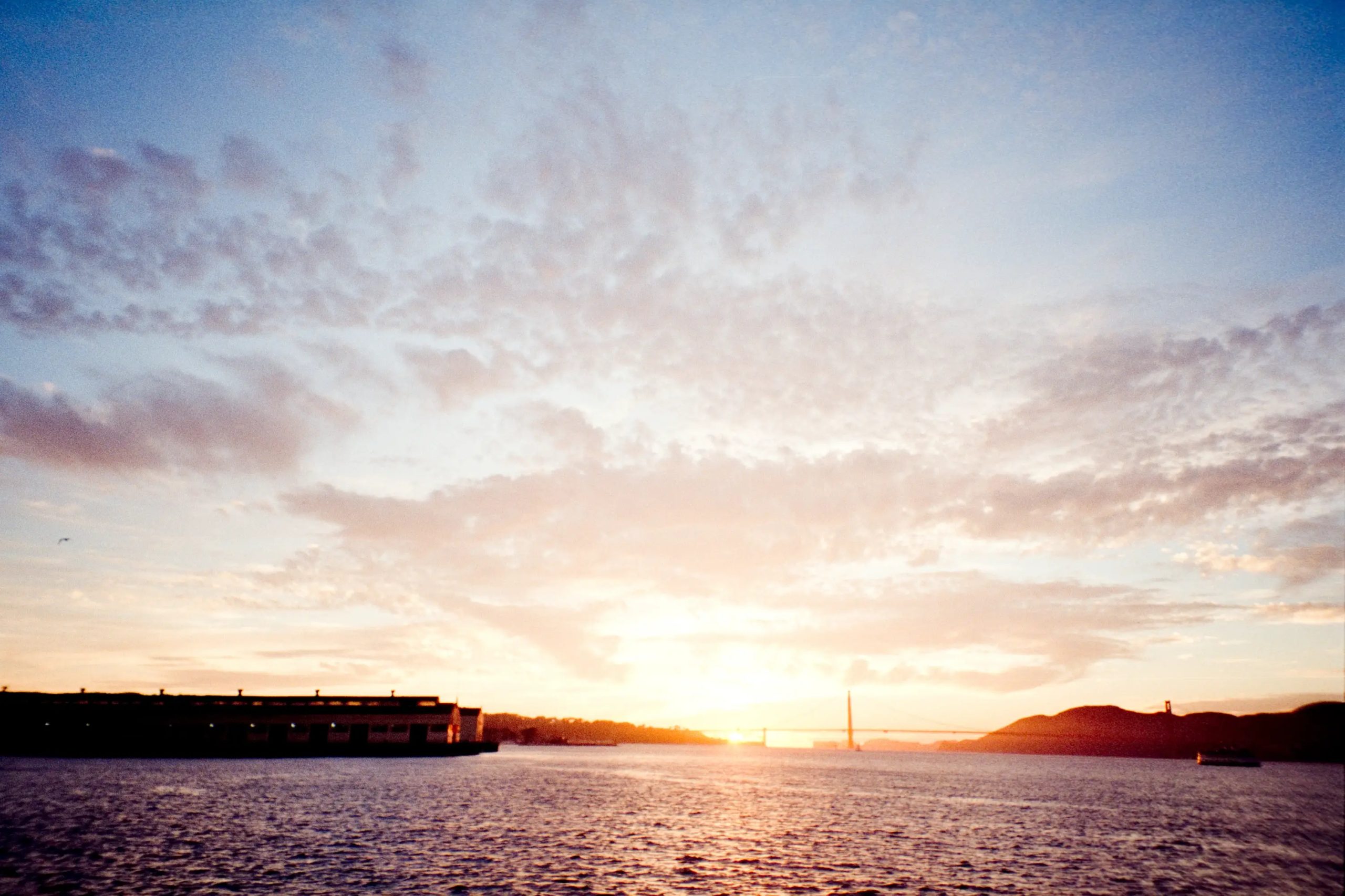
Top – Fuji DL Super Mini, bottom Minolta. Notice the details in the bridge.
Also, having my scanning process set up for films shot by OM-1 SLR and Fujis, the photos from the Explorer tended to have a slight greenish tint. Not a huge issue with print film and I don’t expect anybody to shoot slide (except for xpro) in this camera.
I must add that besides pictures being muddy, I did not have any focusing issues. In the three films shot so far, I don’t have any misfocused pictures. It may be thanks to the camera or partly by me, being more experienced. There are some materials that tend to throw these active AF cameras off like dark non-reflecting fabrics or shiny reflective surfaces (like latex).
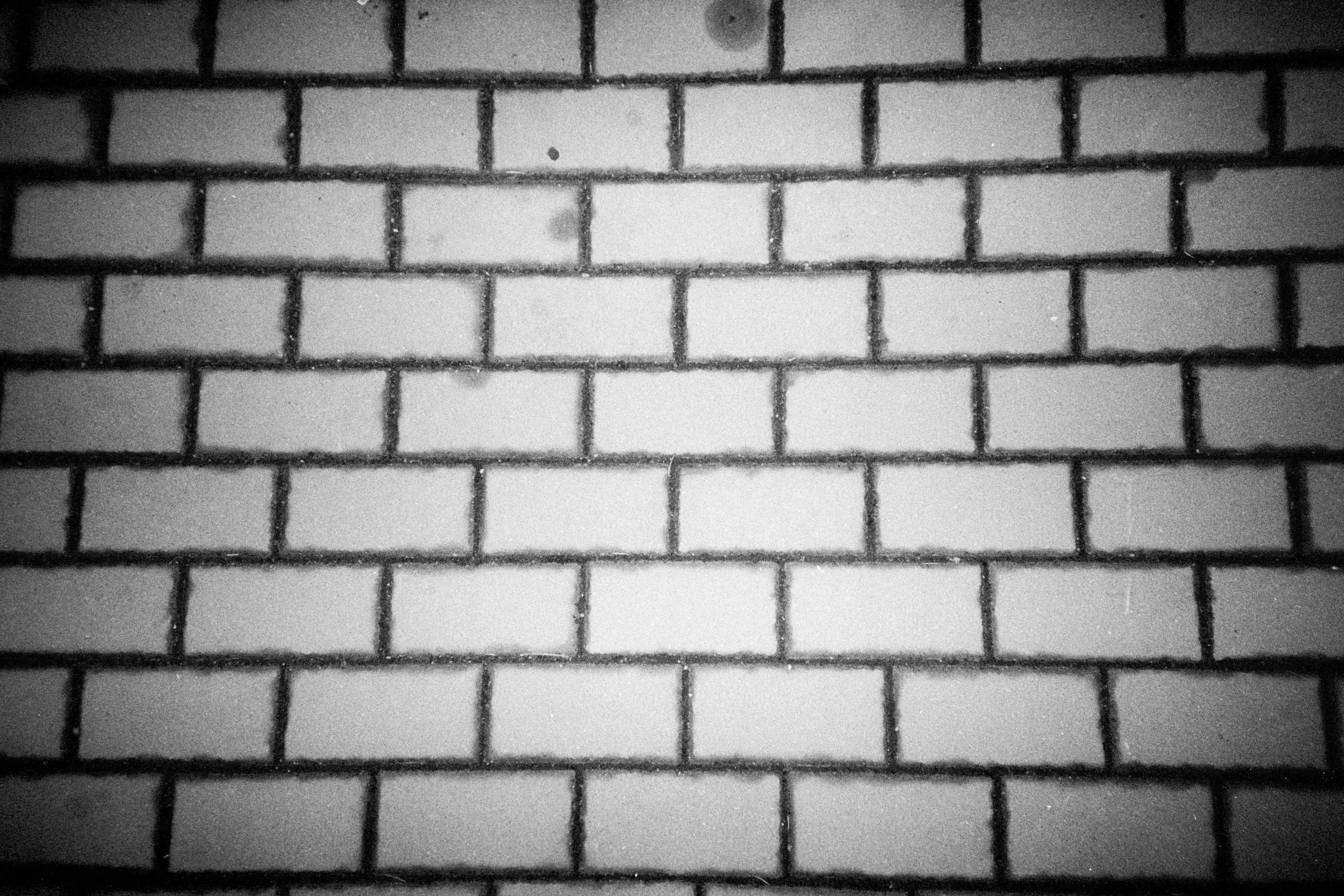
The distortion is quite severe – 28 mm.
In some rare cases, I was able to get a pictures with a shallow depth of field on the 28 mm. It’s natural as I was shooting 400 ISO film in low light conditions without flash and focusing quite near.
Exposure and flash
In terms of exposure, the camera is alright. Slightly overexposing maybe. But that is definitely better than otherwise. The limits for the exposure is 2 seconds on the short end and 8 seconds on the long. I wish Fuji DL Super Mini had that as it goes to only about ½ sec. 2 seconds is enough to take a solid night city scene from tripod. Good thinking there Minolta guys. The camera meters down to 2.6 EV to that something you don’t see every day cameras of this class.
Exposure with the flash is good as well and the camera again tends to overexpose. With good scanner this is not a problem.
The fact, that clip on filters can be used and the cell meters through the filter is so sweet that I just wish other cameras I use had a cell on the lens. A $1 bottom of the bin yellow filter will give your photos that extra punch.
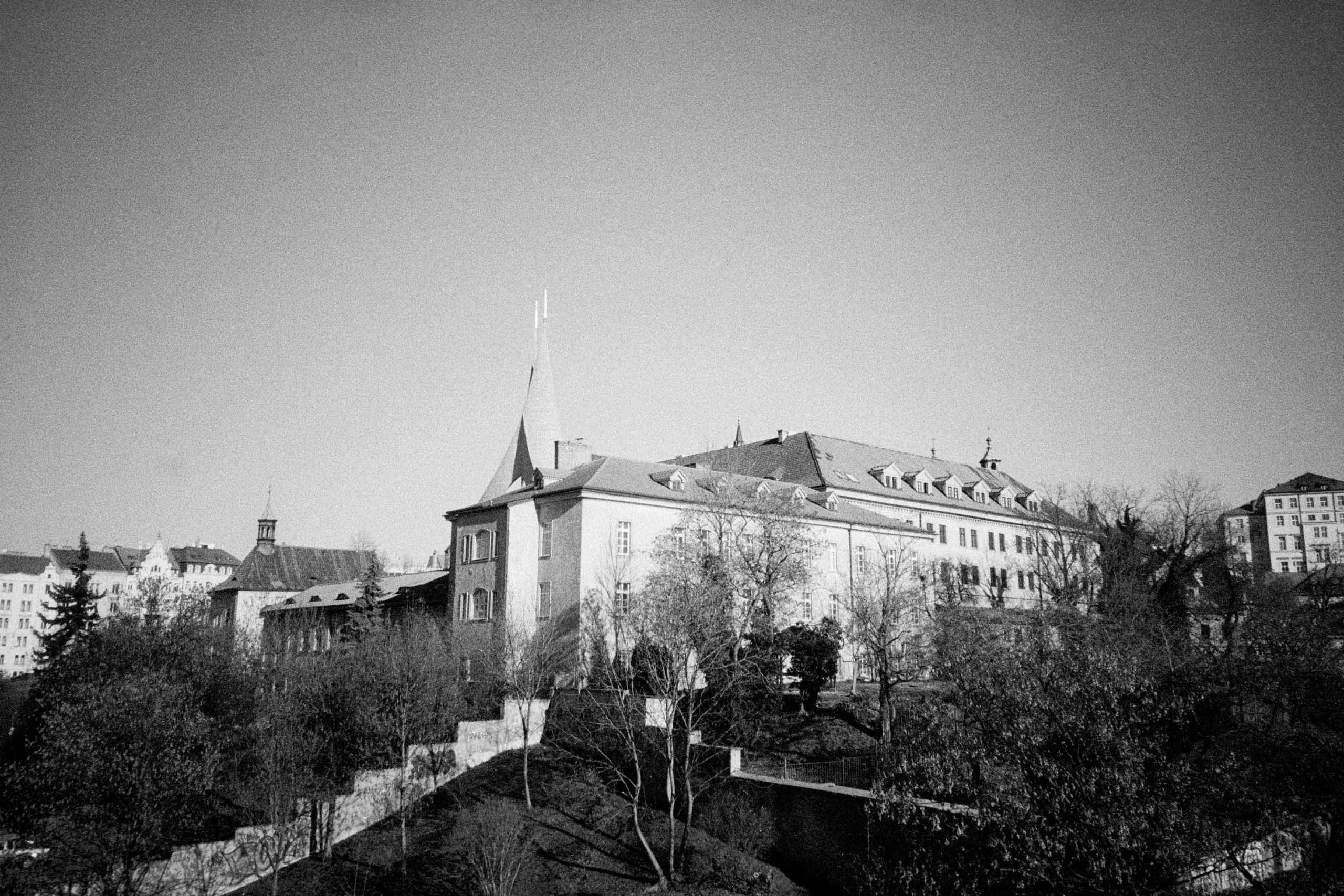
Photo taken without any filter on
Ergonomics
Being a pretty bulky camera, it fits nicely to the hand but not that nicely into your shirt pocket. It is no Ricoh as you might see but unlike Ricoh, it packs a zoom lens and zoom finder.
Buttons on the top are easy to press and after a while you don’t even need to look on the LCD and set the camera modes by heart. When the camera is switched on, it makes a nice and satisfying noise as the cover opens and lens extends. This happens pretty quickly.
Interesting quirks and remarks
This camera has a “great” film economics. It will squeeze every frame it can get out the film. When loaded with Foma Fomapan it stopped and rewound the film after I successfully shot frame no. 39. Fomapans are bit longer than other films and I can squeeze 38 pictures in my OM-1 SLR or Fuji DL-500. This is a nice touch. I hate when the camera stops at 36 even though I know, there is room for one, two or even three more pictures. I am saving pennies here but hey, why not?
Interesting but in practice probably not very usable is a 1.2 fps continuous drive mode. Holding down the shutter will make the camera shoot a sequence of pictures but it is far from a rapid fire we might be used from today’s DSLRs.
Other quirk is, that the lens barrel has only 28, 50 and 70 marked on it. No 35 mm, not even a dot. But why shoot on 35 when you can shoot on 28, right?
Summing up
I first used the Minolta Explorer Freedom Zoom, because being on the peninsula, I wanted to take a closer photo of the Alcatraz island while visiting San Francisco. I used it as a “long lens” camera during my vacation but it kept drawing my attention while being set aside in the drawer. However another two films I put through did not convinced me to use the camera again. Which is such a shame because I like the camera. Even though it is bulky, I like it, it feels sturdy, sleek. It’s black so there’s plus ten points to the cool factor right there. It’s great with filters and squeezes every frame it can out of the film. The lens is wide and long but also distorts massively and the pictures that a camera produces is the main factor a camera is judged upon. I am way passed my Lomography days but I will most probably give it to somebody who is not yet and who this camera will make happy.
Share this post:
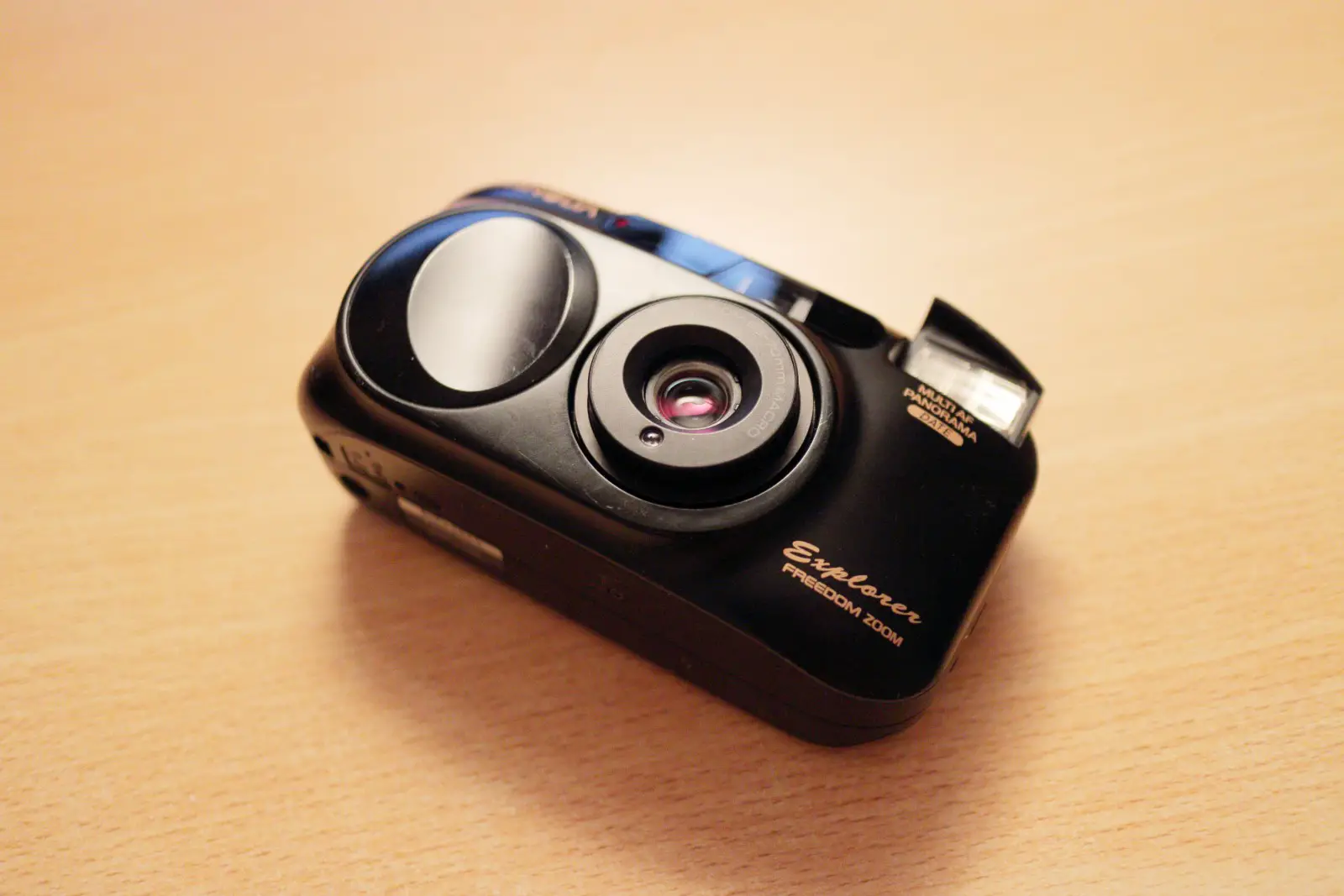
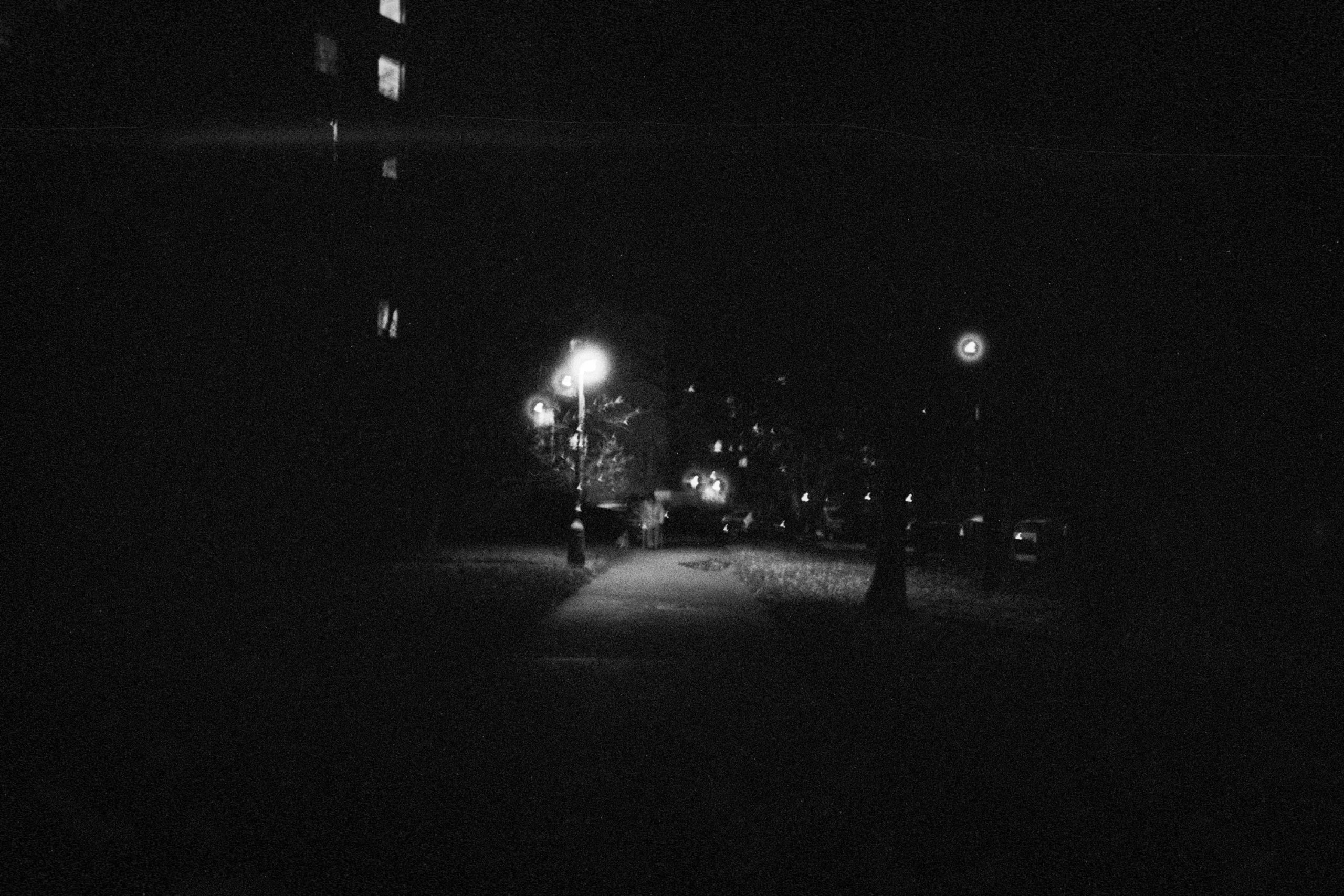
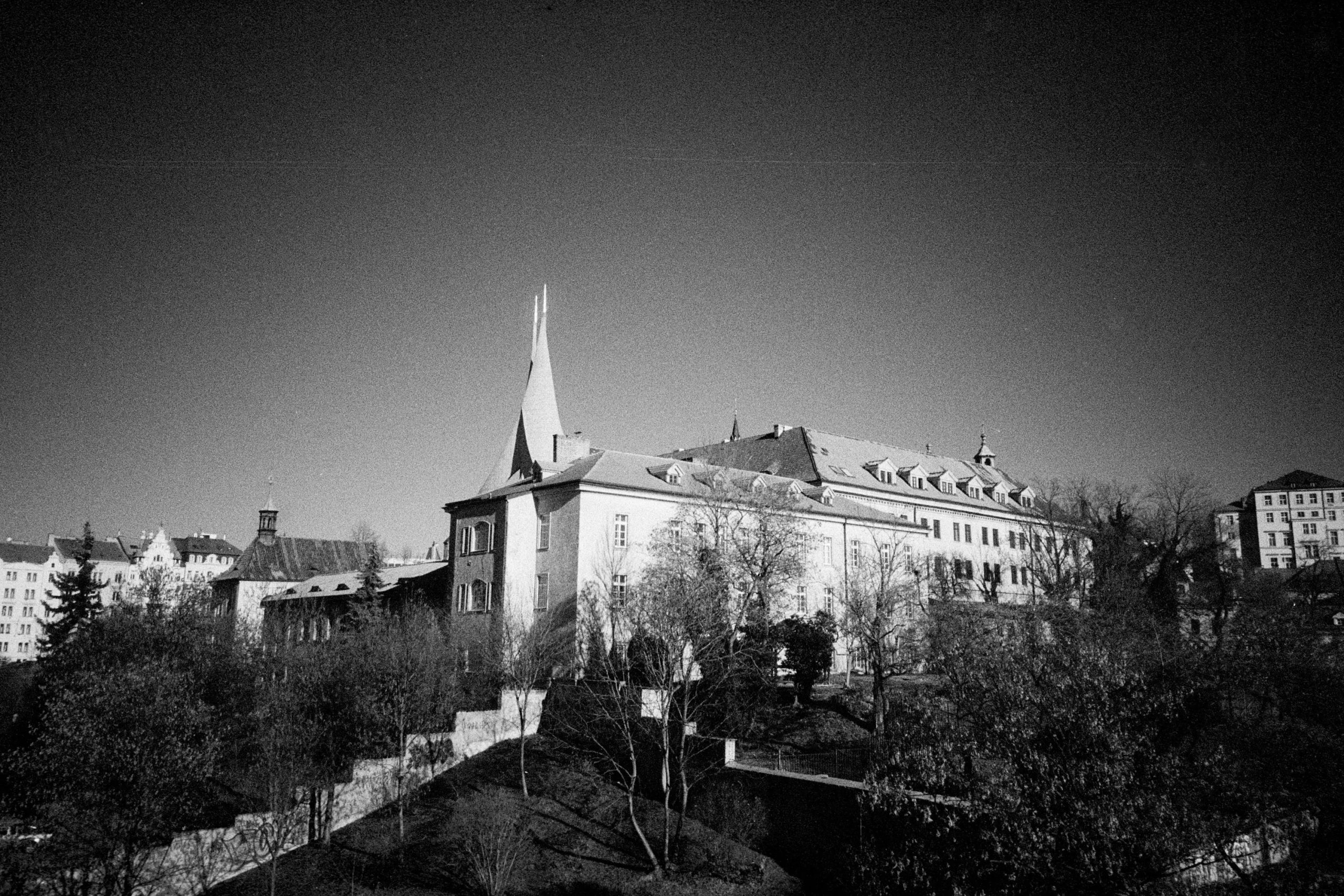
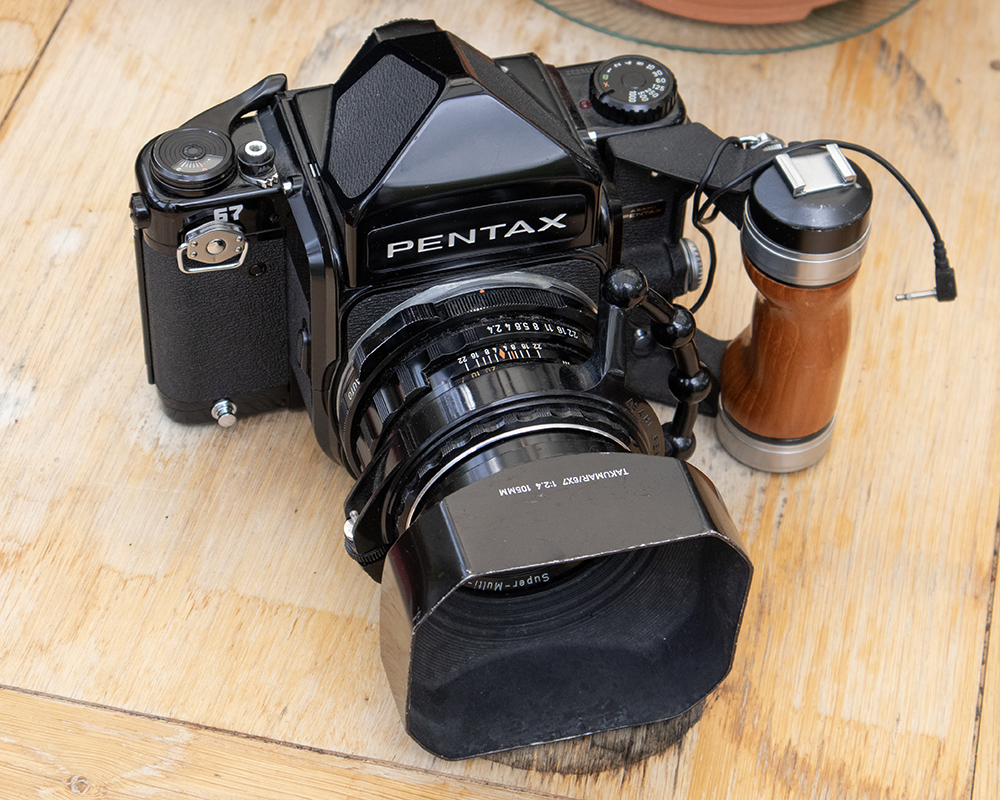
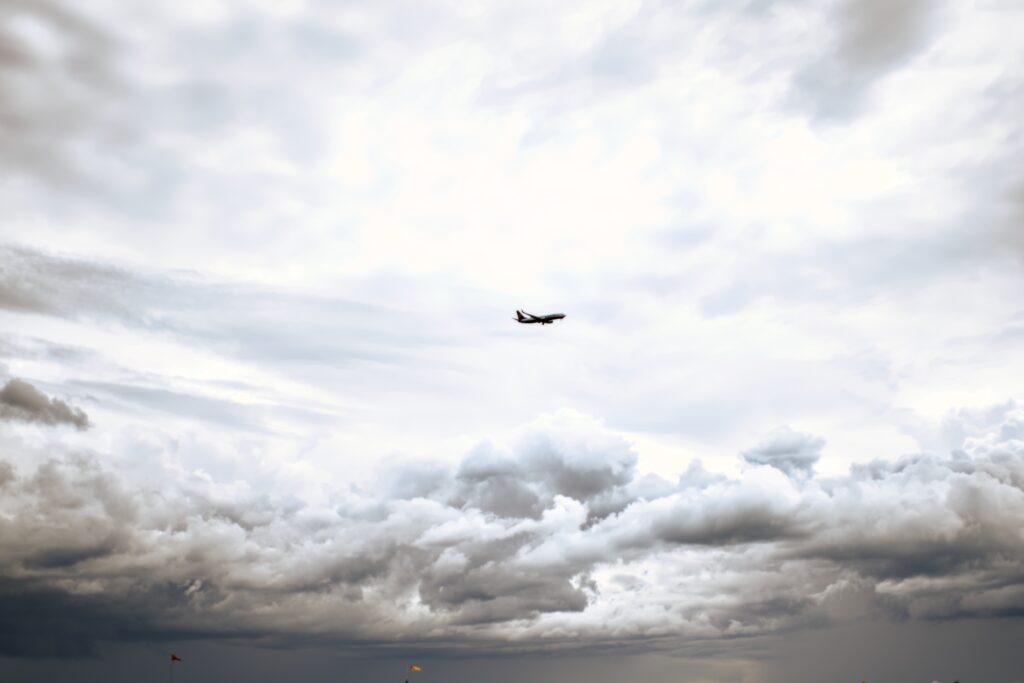
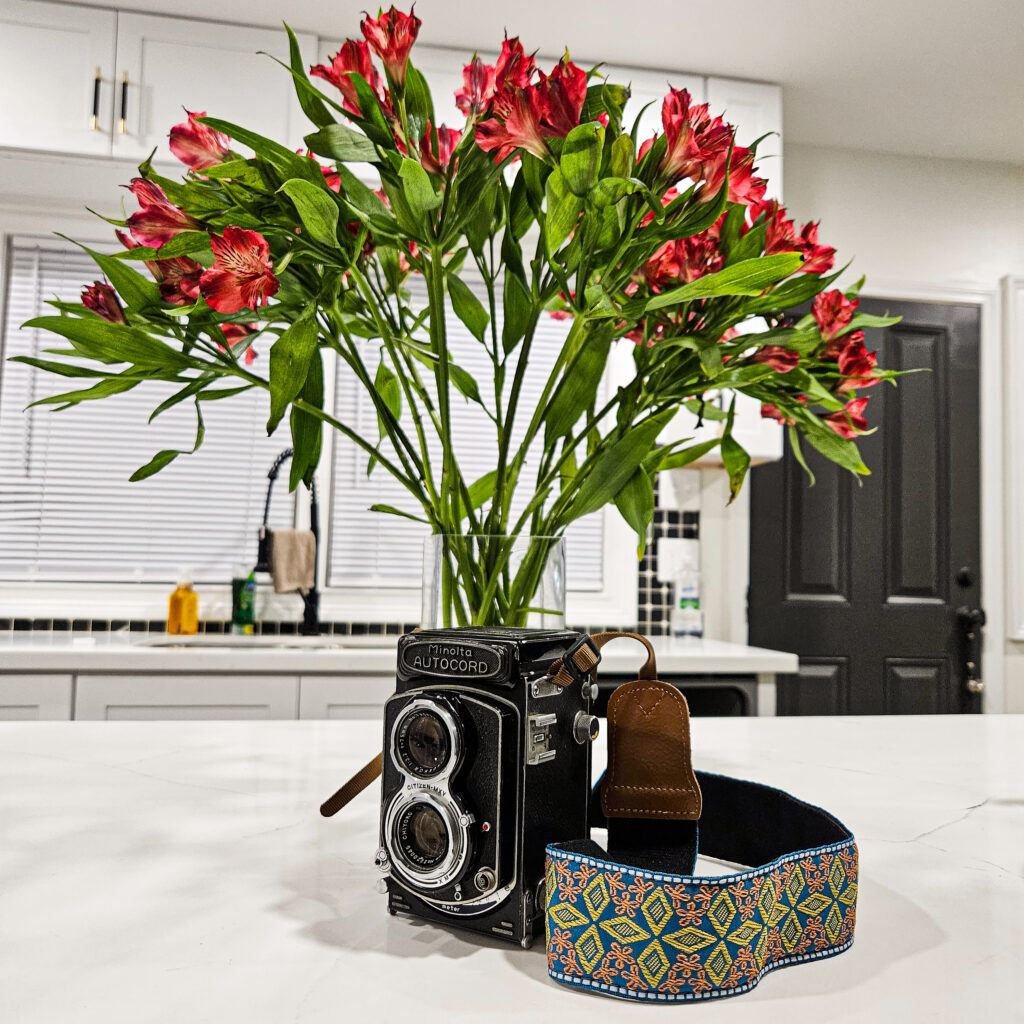
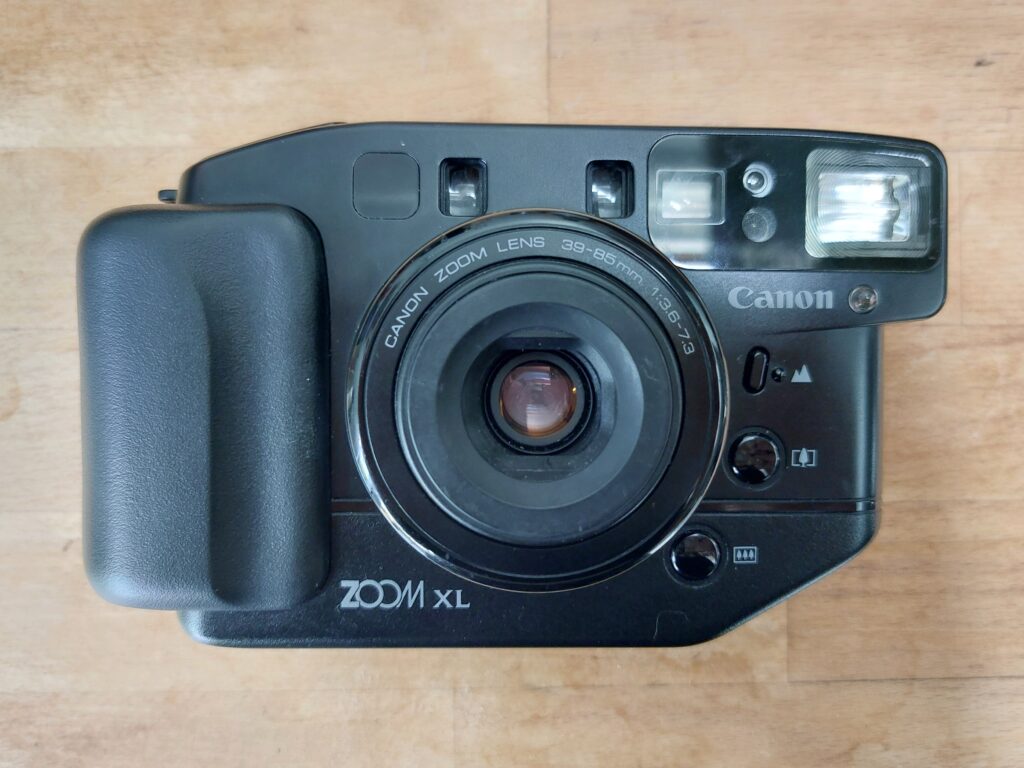




Comments
M. Arachide on Minolta Explorer Freedom Zoom Review (Riva Zoom 70W) – by Benn Murhaaya
Comment posted: 10/12/2015
That's a bummer about the camera. I remember seeing some pictures years ago on photo.net taken with the Minolta Freedom Explorer and thinking they looked pretty decent. As you pointed out, there really aren't many 28mm p&s cameras out there and even fewer of them have a decent lens. Guess I will have to keep combing the thrift shops in hopes of finding another hidden gem.
-Arachide
Comment posted: 10/12/2015
Comment posted: 10/12/2015
Comment posted: 10/12/2015
murhaaya on Minolta Explorer Freedom Zoom Review (Riva Zoom 70W) – by Benn Murhaaya
Comment posted: 11/12/2015
But since I started to scan the 35mm film with Nikon LS-5000 I realized how much I was missing compared to the 1500x1000 px lab scans in terms of resolution, highlights, shadows and control over my negatives. I basically stopped shooting lomo cams as every scratch, otherwise hidden, is now clearly visible and the crispness I get from sharp lenses cannot be matched. The small lab scans hide a lot of sins :) and full blown resolution takes away all the charms of saturated blurred lomo pictures we all know and love (I've shot my fair share of xpro pictures with holgas, vivitars...).
To be fair. The Fuji DL Super Mini (Tiara II) has also similar soft (but little smaller) soft corners (especially wide open). I noticed that lately and found it even in photos I took way back. I guess that how one progresses. Some of the "flaws" I would not see few years back.
Ricoh R1 (Rollei Prego Micron) Review – An overlooked achiever - Guest post by Benn - 35mmc on Minolta Explorer Freedom Zoom Review (Riva Zoom 70W) – by Benn Murhaaya
Comment posted: 12/02/2016
aisha on Minolta Explorer Freedom Zoom Review (Riva Zoom 70W) – by Benn Murhaaya
Comment posted: 09/07/2016
K on Minolta Explorer Freedom Zoom Review (Riva Zoom 70W) – by Benn Murhaaya
Comment posted: 25/01/2017
Comment posted: 25/01/2017
2wenty on Minolta Explorer Freedom Zoom Review (Riva Zoom 70W) – by Benn Murhaaya
Comment posted: 18/02/2017
Comment posted: 18/02/2017
Comment posted: 18/02/2017
David on Minolta Explorer Freedom Zoom Review (Riva Zoom 70W) – by Benn Murhaaya
Comment posted: 05/06/2019